Elevate your local knowledge
Sign up for the iNFOnews newsletter today!

CUSCO, Peru (AP) — When Uriel plans his work schedule late in summer near his village in the Peruvian mountains, his first decision is usually which friend’s salt pond he will work that day. In keeping with “ayni,” an ancient Quechua word that means mutual aid, villagers take turns helping each other collect their salt once a month during dry season.
“Today we worked on my ponds, and tomorrow we will work on my friends’ ponds,” said Uriel, whose family has been in the salt mining business for four generations.
Uriel, who preferred to give only his first name, is among locals from the villages of Maras and Pichingoto who own and operate a co-op to market and sell the salt they pull from ponds that date back five centuries or more.
History of salt mining near Cusco
Many millions of years ago, a section of ocean was isolated in what would become the Andes. When it eventually receded, it left rich salt deposits. That salt gets picked up by groundwater that’s discharged at a spring in the mountains surrounding Maras, according to Roseanne Chambers, a geologist and author of “The Monumental Andes.”
The site has been mined for salt since before the Incas reigned in the region in the 1400s and 1500s, according to Peru’s Ministry of Culture. Today, the ponds, or salt wells, appear as a patchwork of terraces descending the hillside, mottled in varying shades of white, tan and brown.
The ponds have passed from family to family for many generations. In the wake of a military coup in 1968, Peru’s government in 1969 took control of salt extraction and commercialization nationwide and created a public salt company. The families working the Maras mine said they were paid to maintain their ponds. But they pressed the government to return the territory for them to manage.
How the salt is gathered
Villagers dig small channels from the salty stream that comes into the valley to fill their ponds. As the water slowly evaporates, the salt left behind gets scooped up, rinsed and laid out to dry. Farmers haul 50-kilogram bags (about 110 pounds) up the side of the mountain to a weigh station, then take it to the co-op, known as Marasal, for processing unless they choose to export it themselves.
The harvest happens monthly during dry season — May through October. Each pond produces between 150 and 250 kilograms (about 330 to 440 pounds) per month, according to the Ministry of Culture. Production is much more difficult during rainy season, when the rain dilutes the salt water and also makes it more difficult to dry out the ponds.
Florencio, another local salt pond owner who also gave only his first name, says his family has been mining salt for at least seven generations. He said if a family wishes to sell their pond, it must be sold to another resident of Maras or Pichingoto, the two small villages surrounding the Maras mines. This way, salt production is passed from generation to generation.
For rural Peruvians, it’s more important to leave work on the land for future generations instead of maximizing wealth, said Juan Carlos Palomino, who leads tours of the area. He said it’s one of the many ways they connect and give back to nature.
Ilda, a resident of Pichingoto who also gave only her first name, runs a shop to sell the mined salt outside of her home. Some of the salt is pure; some is mixed with herbs or spices to give it different flavors. She also offers textiles and other items for tourists who pass by after visiting the salt mining.
Her daughter helps her keep the shop clean and orderly — or as orderly as a shop carved out of the rock in the bottom of a mountainside home can be.
“The shops have to be run by residents of these towns,” Ilda said.
___
The Associated Press’ climate and environmental coverage receives financial support from multiple private foundations. AP is solely responsible for all content. Find AP’s standards for working with philanthropies, a list of supporters and funded coverage areas at AP.org.
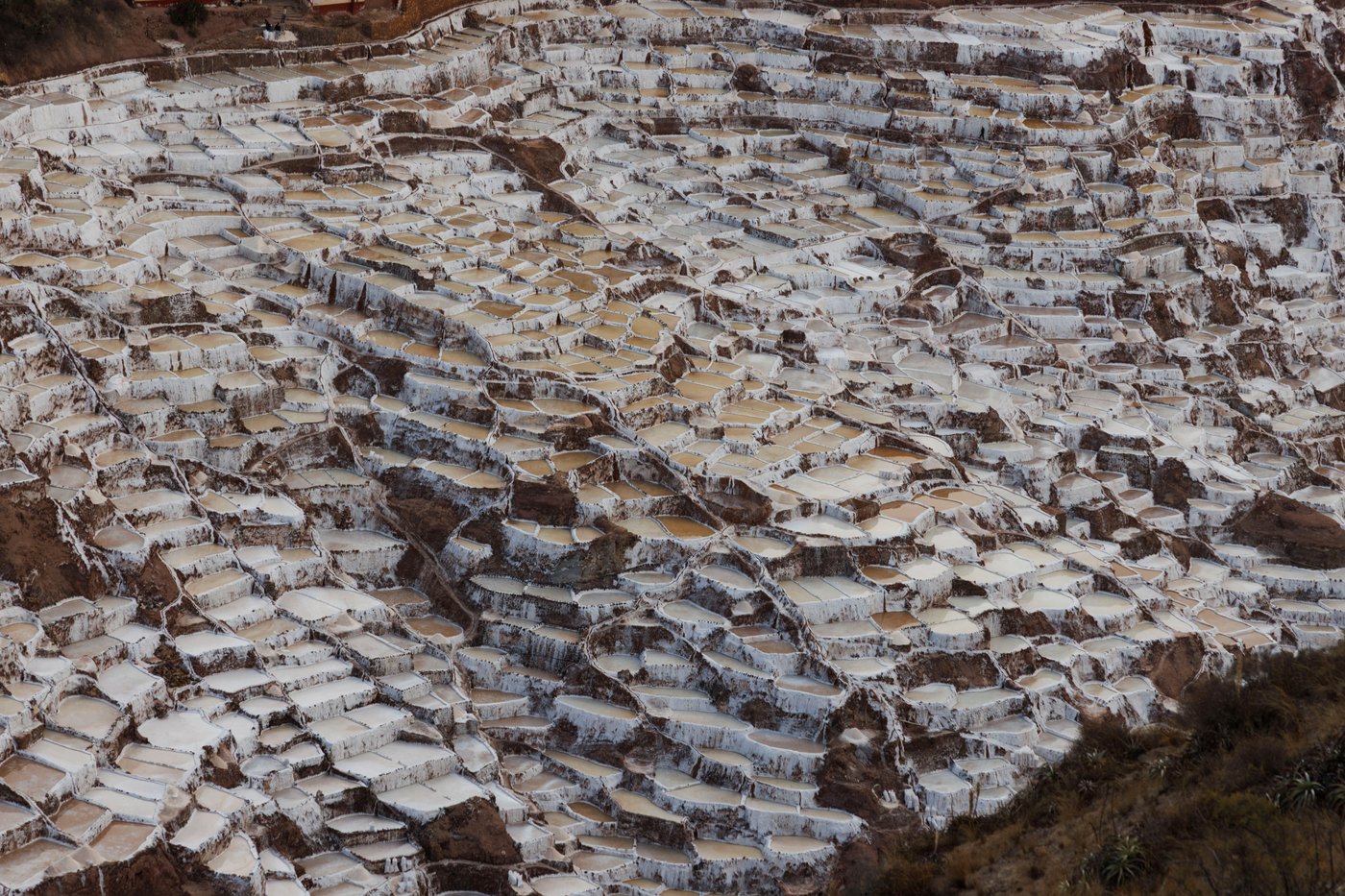
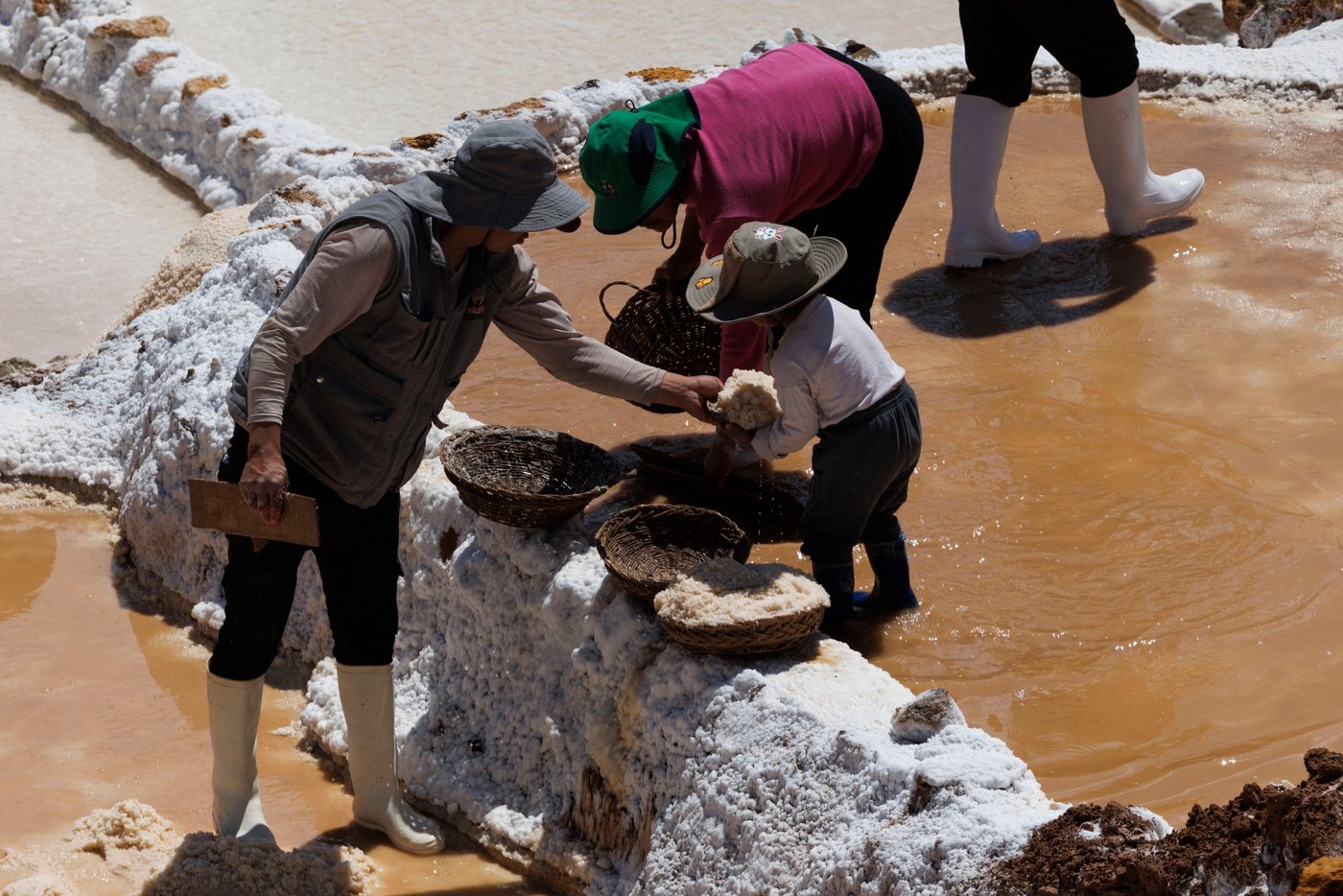
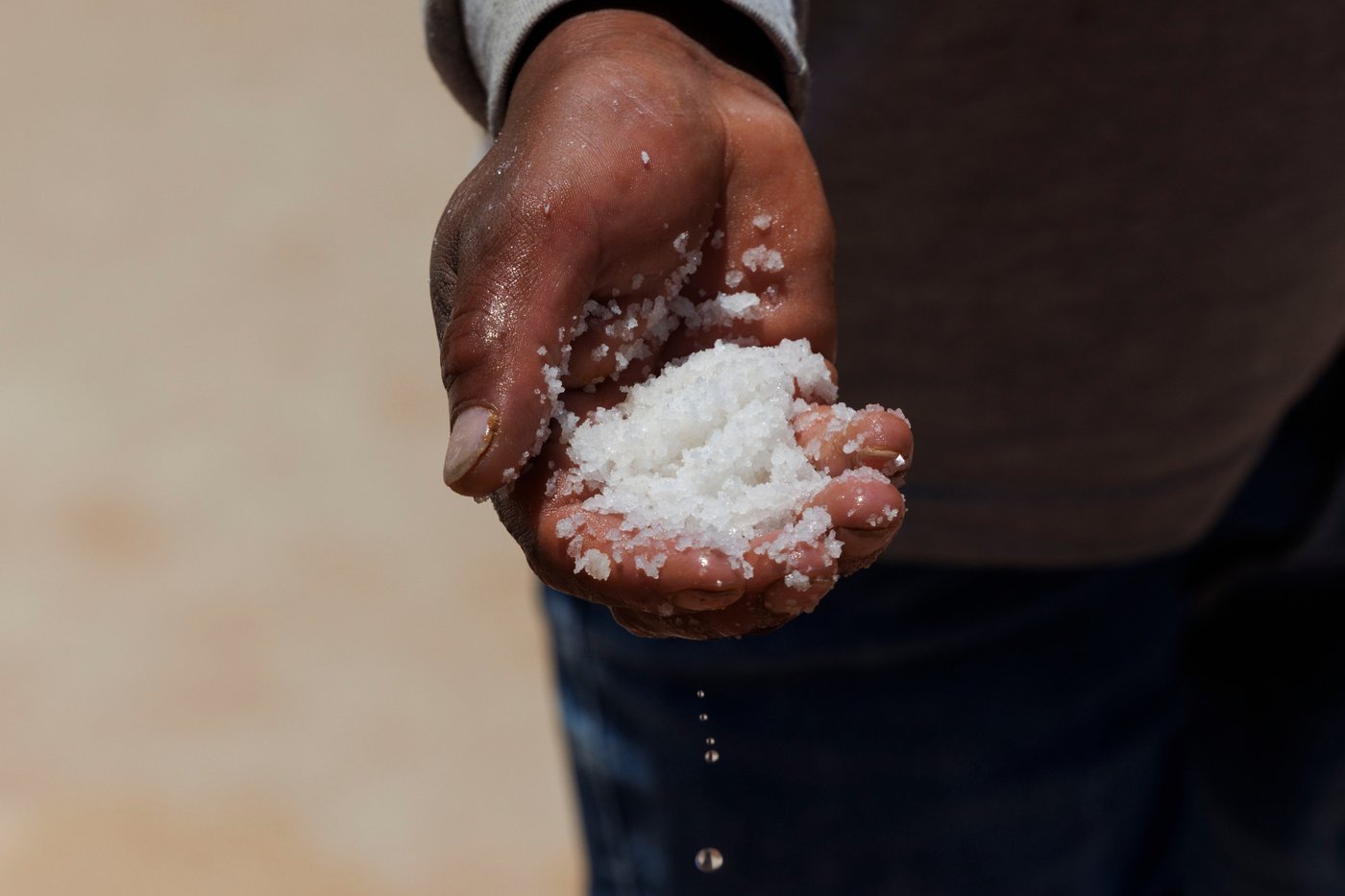
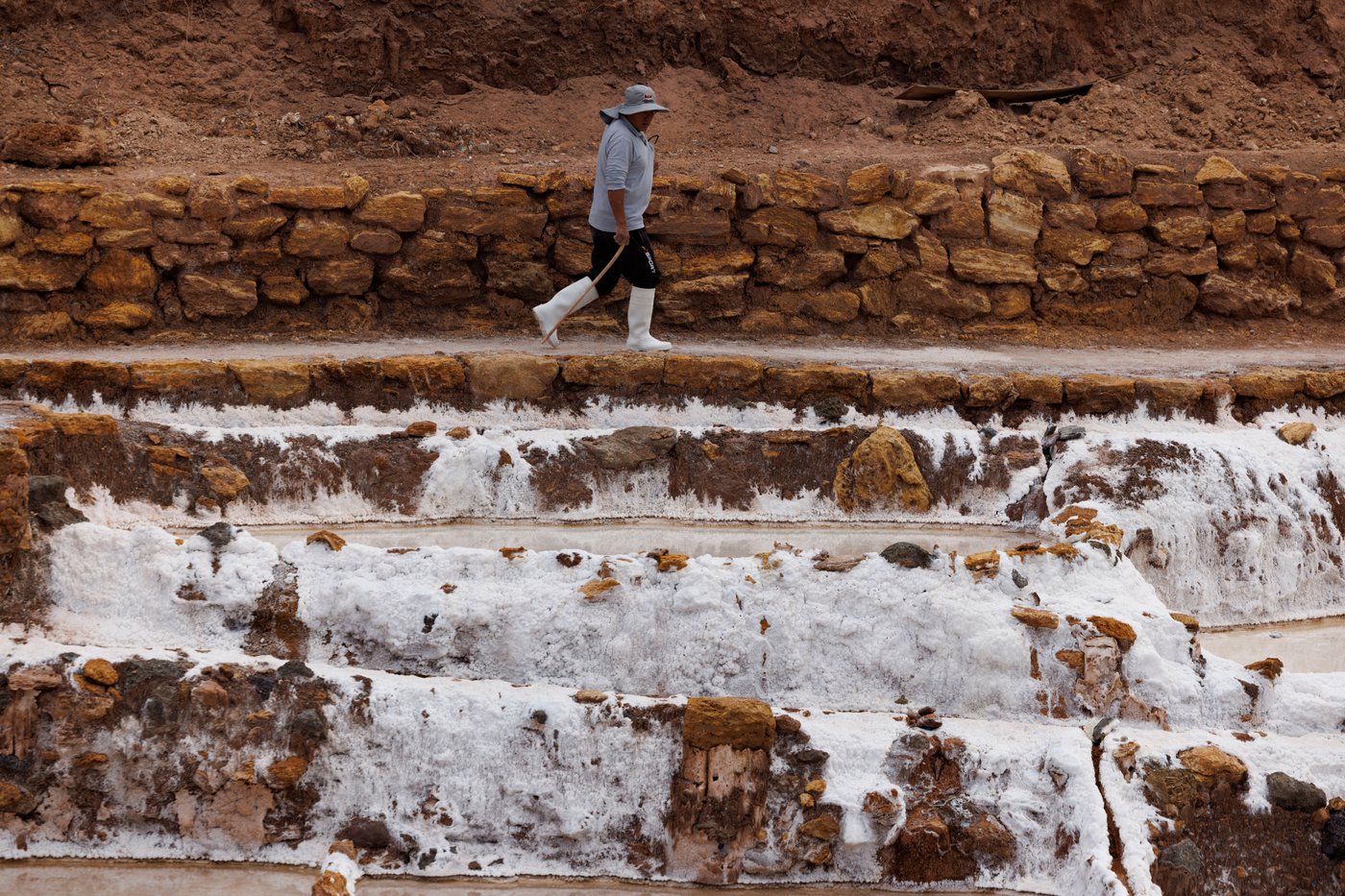
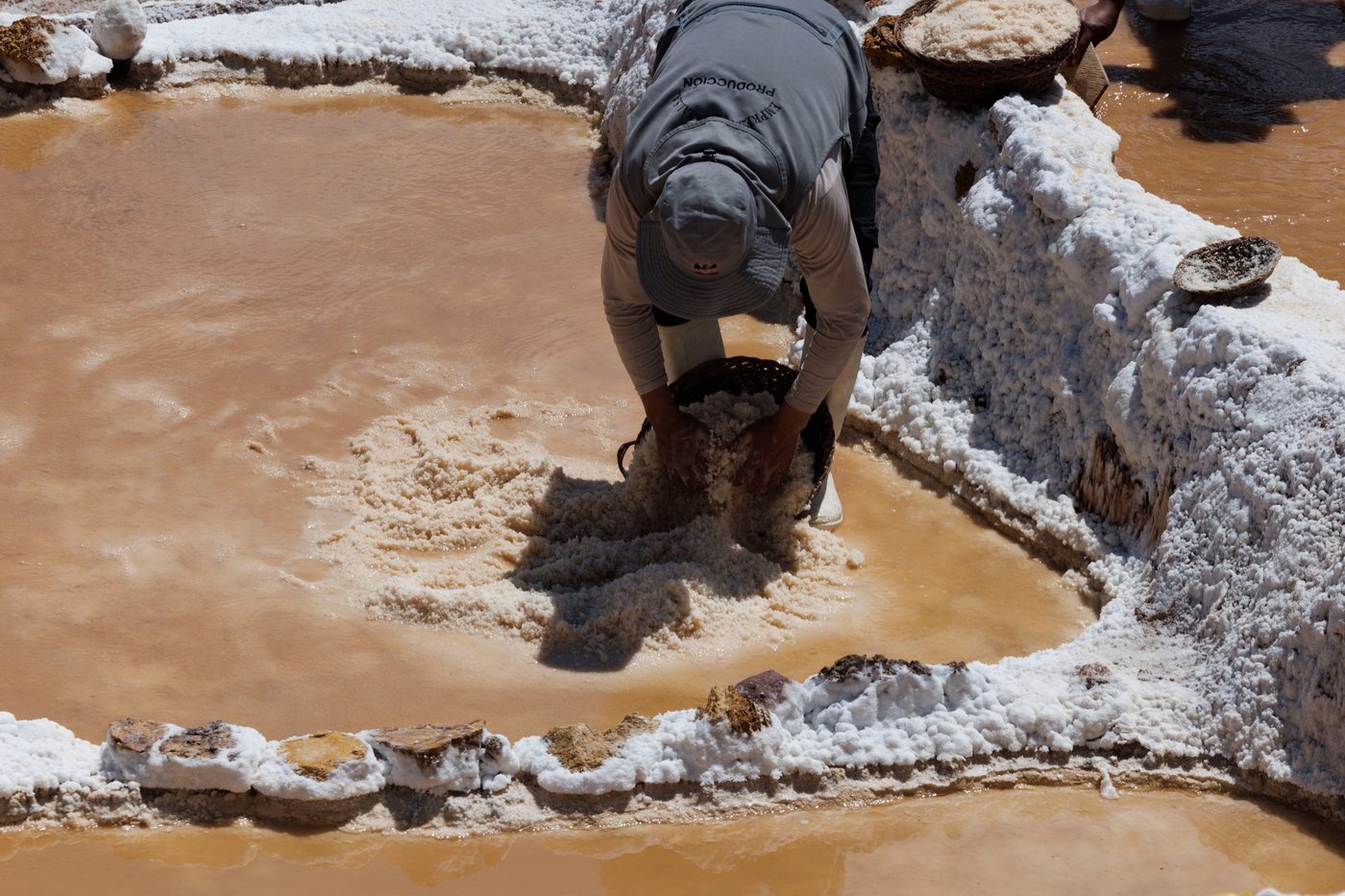

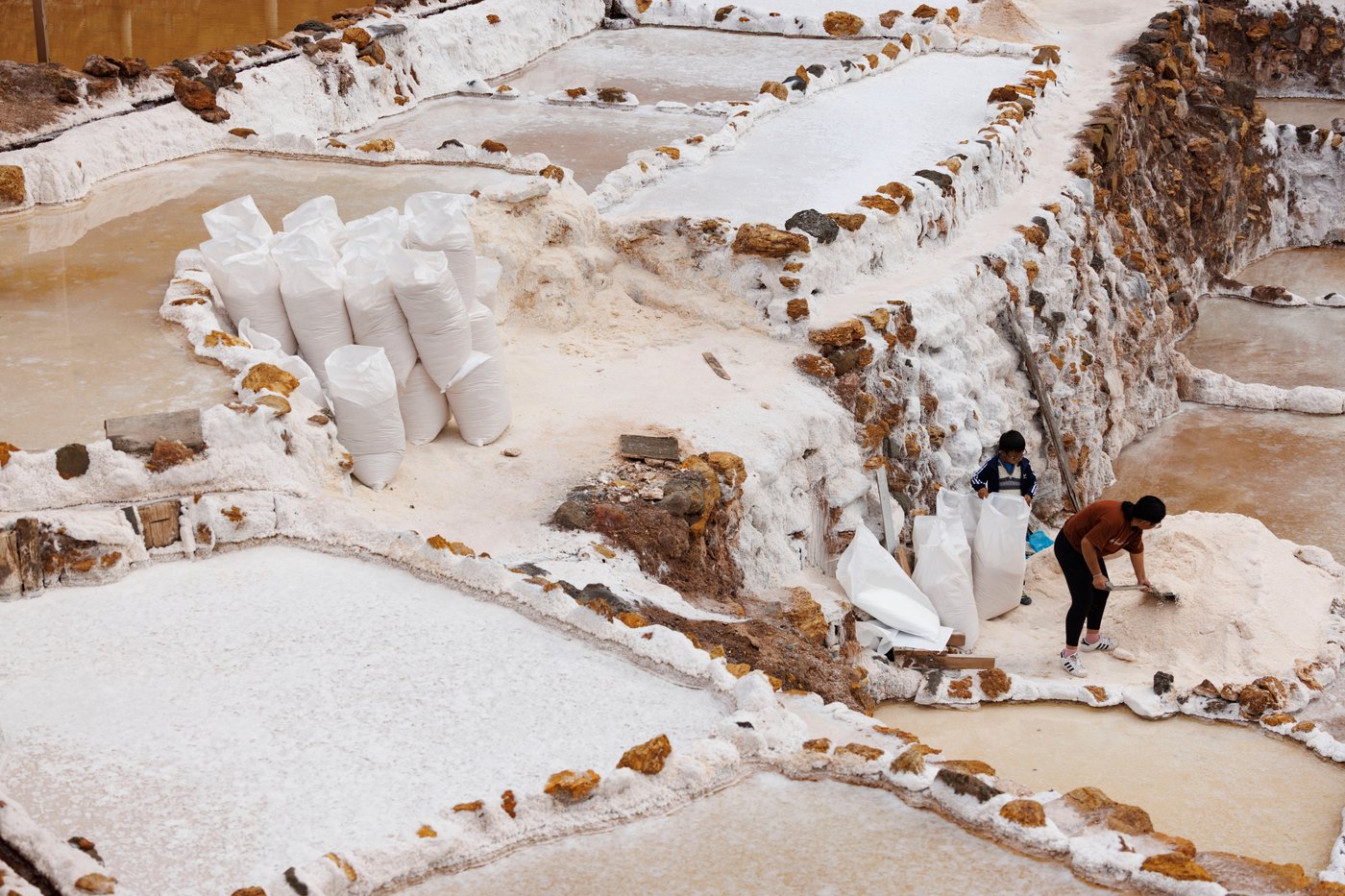
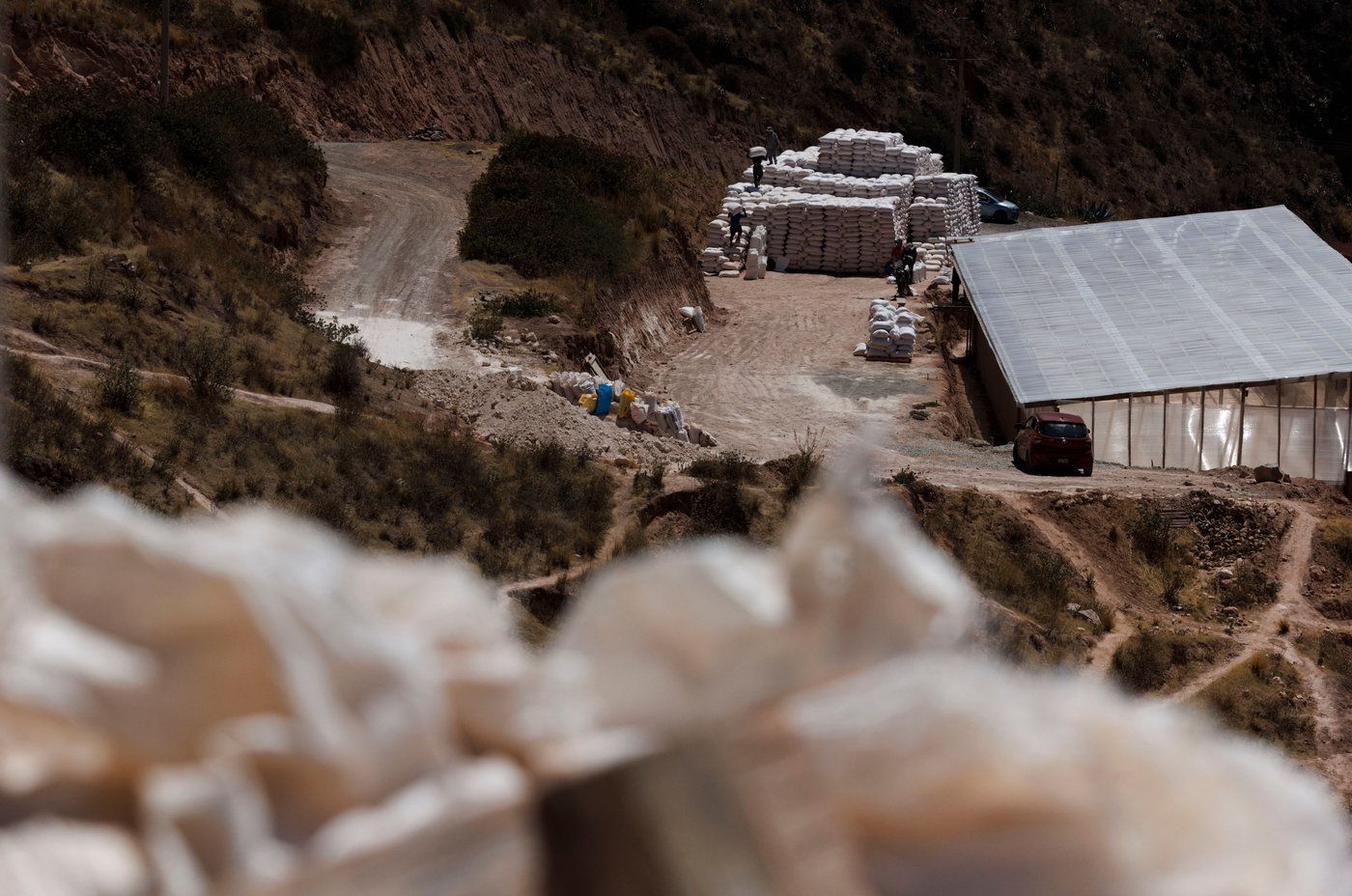
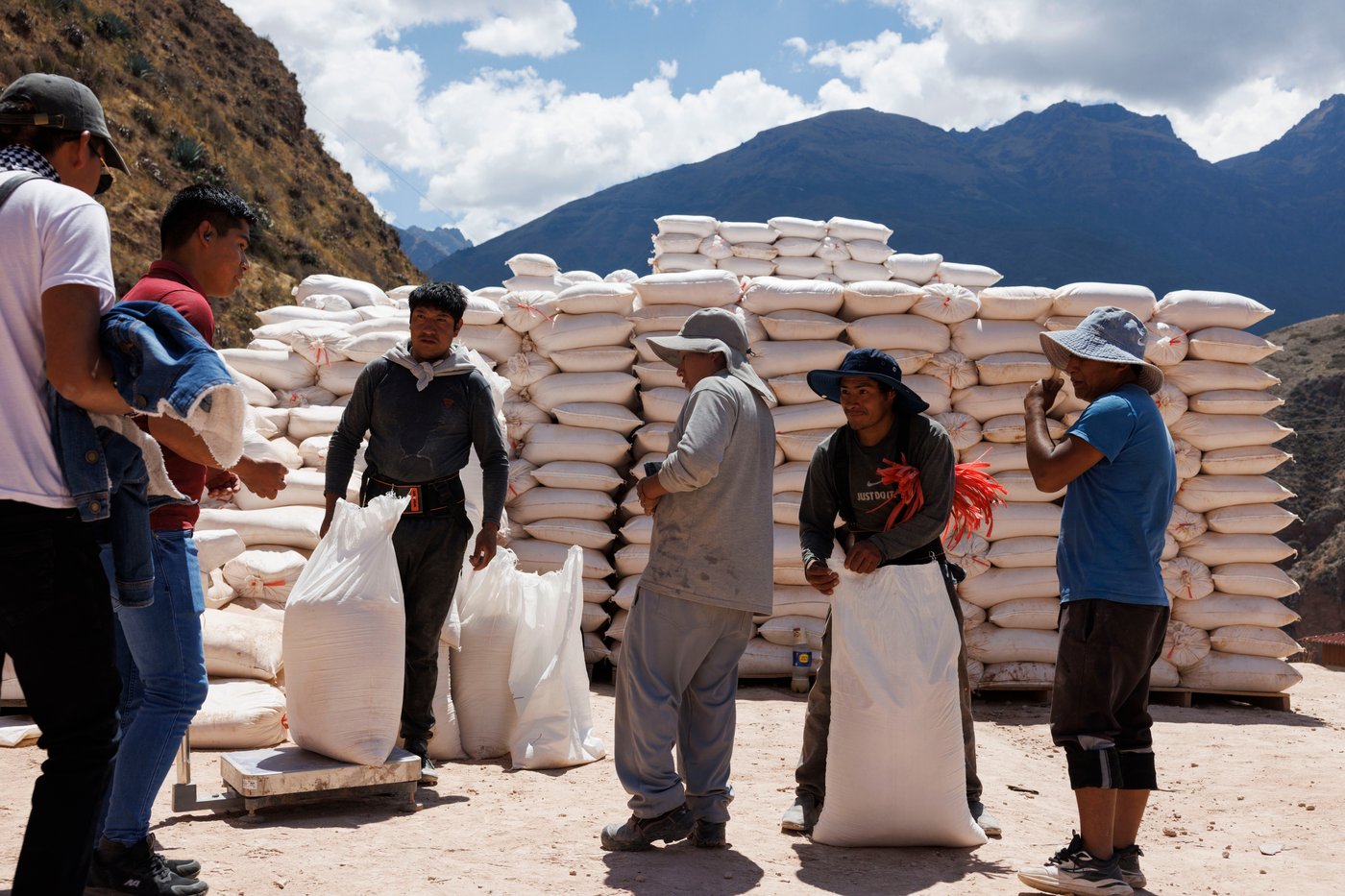
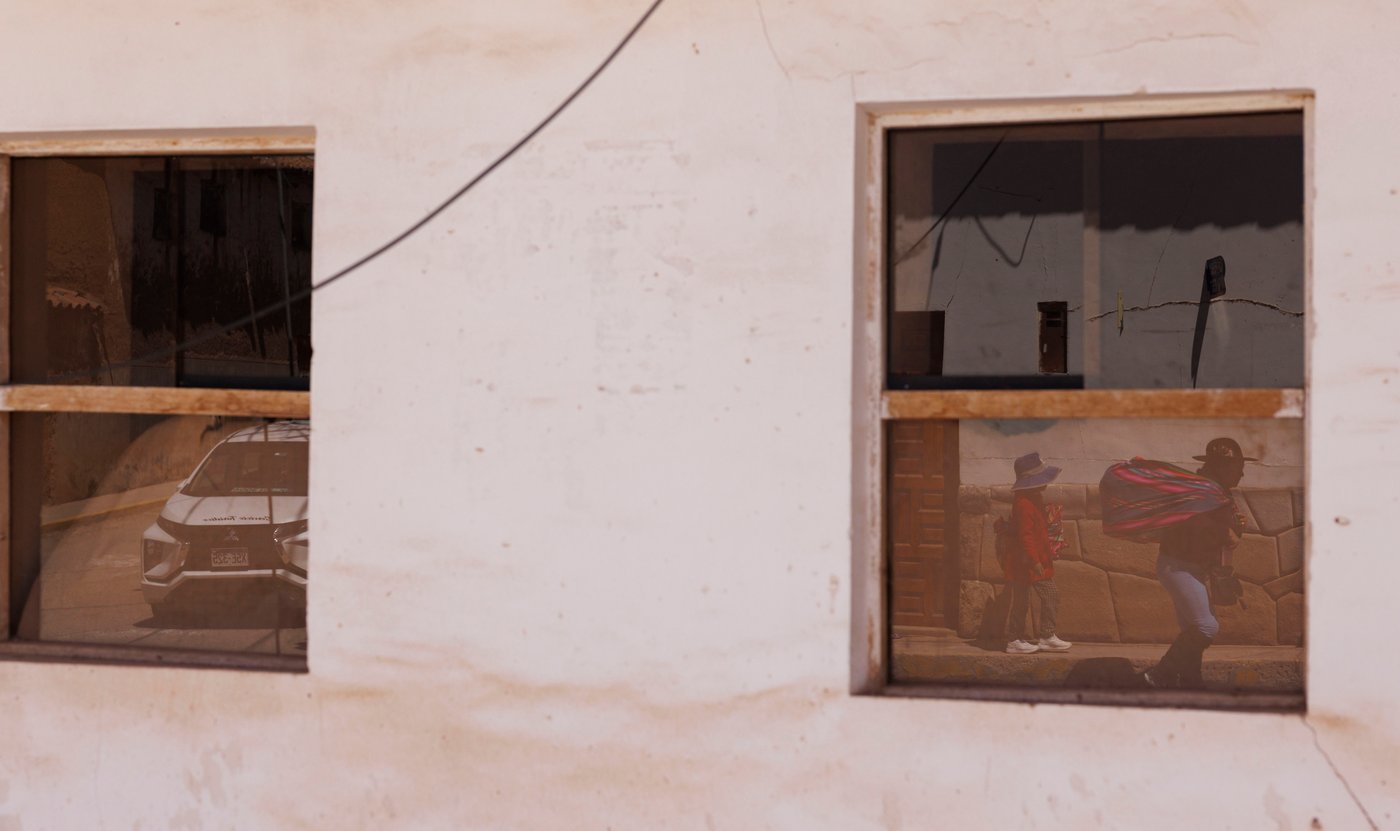
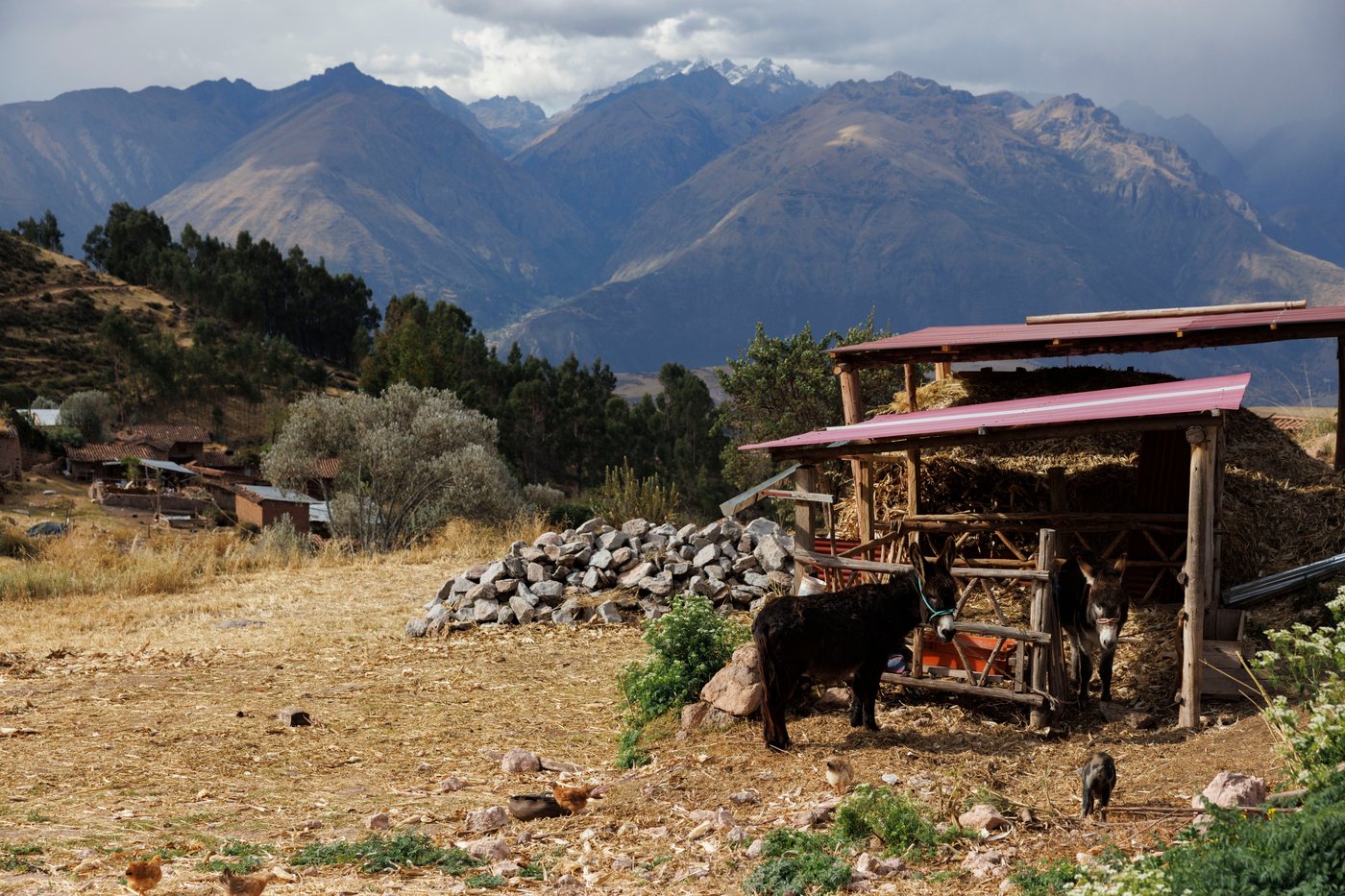

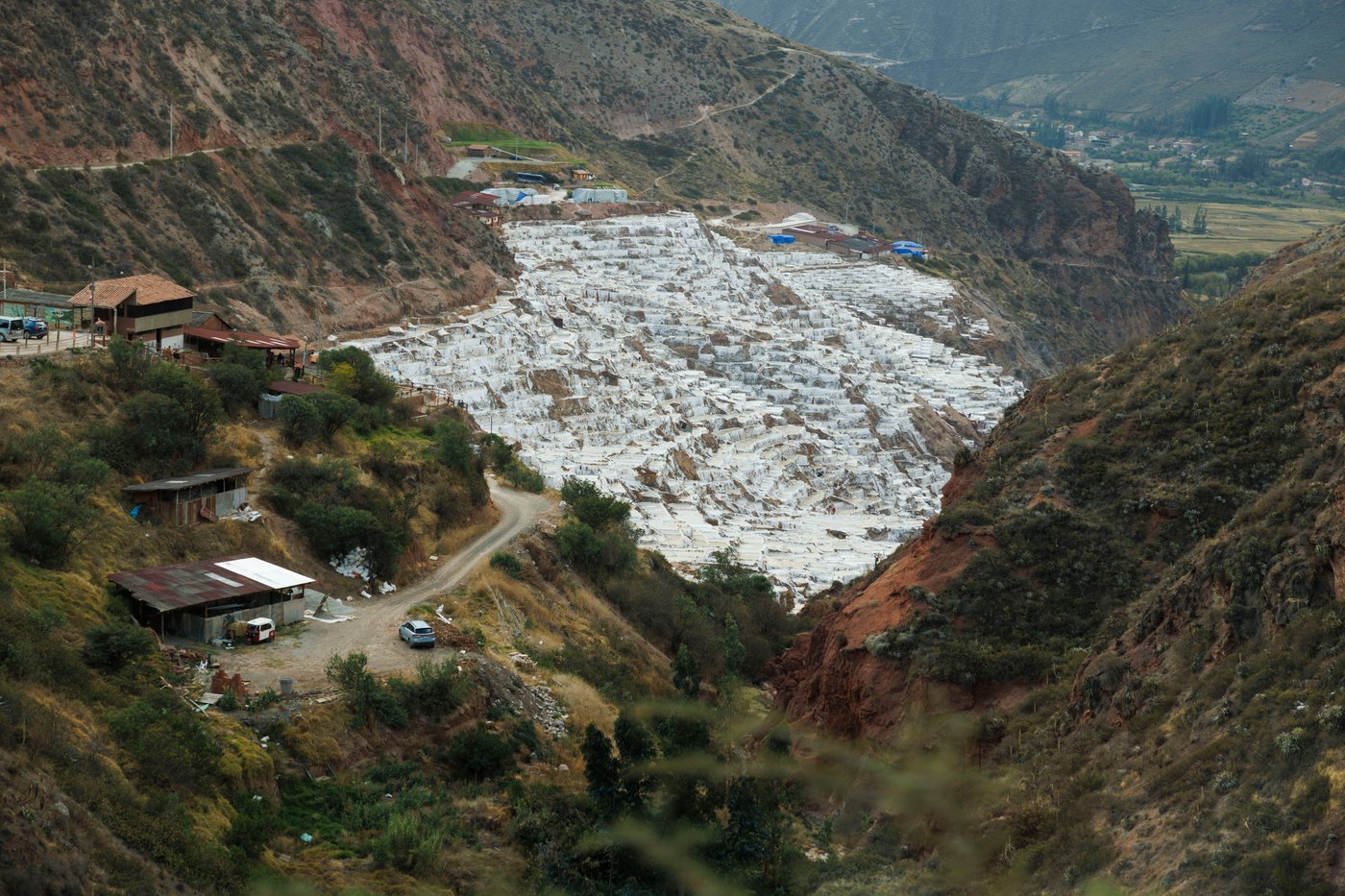
Want to share your thoughts, add context, or connect with others in your community?
You must be logged in to post a comment.